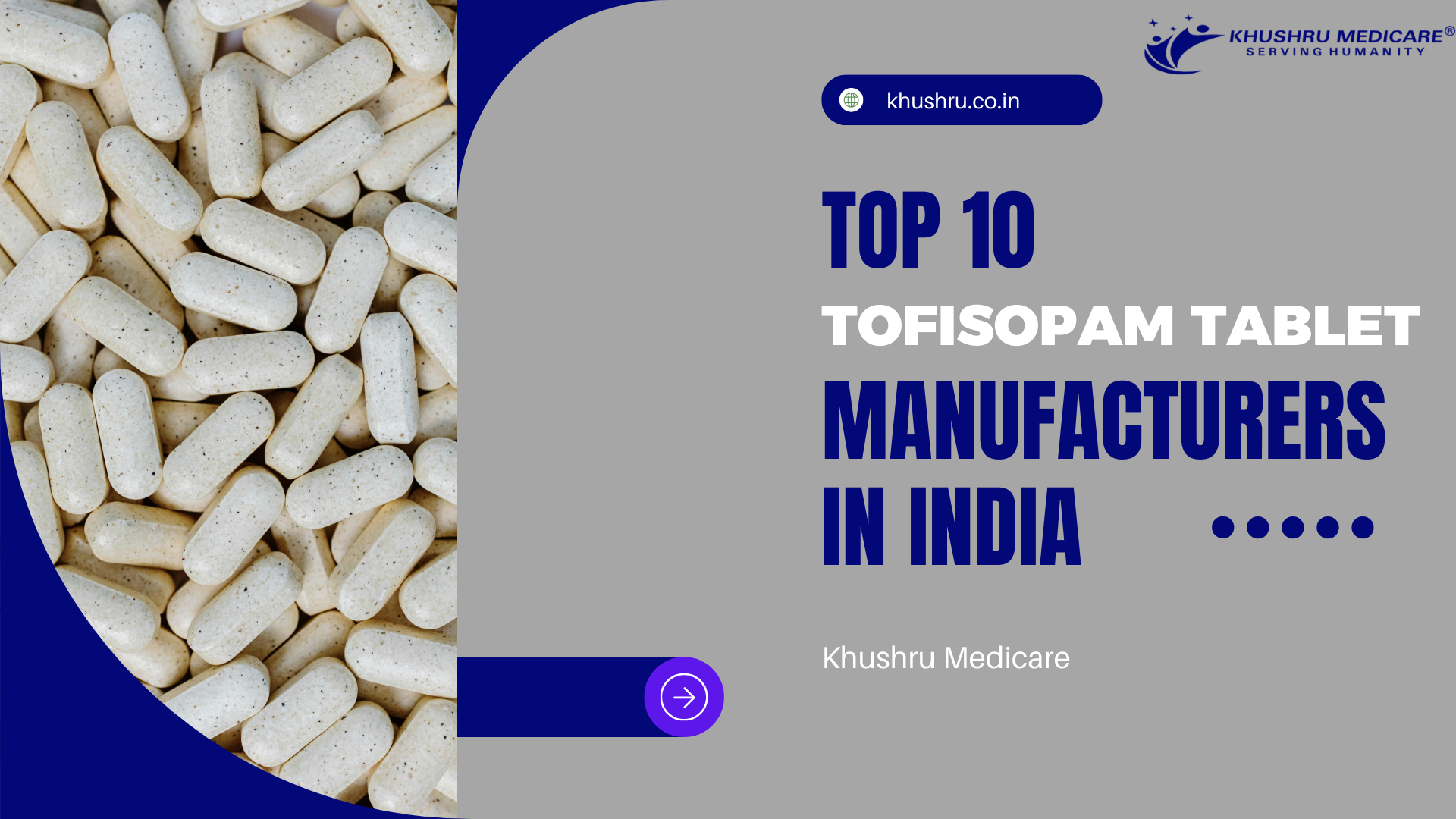
Welcome to our comprehensive guide on mastering the compliance in third-party pharma. Although navigating the complex world of regulatory compliance can be challenging, doing so is necessary to ensure the efficacy and safety of pharmaceutical goods. In this post, we’ll examine tried-and-true strategies and tactics for quality assurance, GMP standards as well as help independent pharmaceutical manufacturers maintain compliance while generating high-quality goods.
Understanding Regulatory Compliance In Third-Party Pharma
A. Definition and Significance
Regulatory compliance is the observance of laws, rules, regulations, standards, and specifications that are relevant to the pharmaceutical sector. Compliance for manufacturers of drugs sold to third parties entails more than just abiding by the law; it also entails winning over stakeholders and ensuring the security of their goods. Comprehending and implementing regulatory compliance is crucial in an organization where a single mistake can have catastrophic outcomes.
B. Key Regulatory Bodies and Standards
Among the regulatory agencies that keep an eye on the pharmaceutical sector are the Food and Drug Administration (FDA) in the US and the European Medicines Agency (EMA) in Europe. These organizations set strict standards to guarantee the efficacy, safety, and quality of pharmaceuticals. The Good Manufacturing Practices (GMP) rules, which provide the minimal requirements for manufacturing procedures, documentation, and quality assurance, are one of the main pillars.
Proven Strategies for Ensuring Compliance
A. Implementing Robust Quality Assurance Programs
Maintaining quality is the cornerstone of managing compliance. To make sure that the items satisfy the necessary standards, it entails painstaking procedures and actions. Robust quality assurance protocols can guarantee uniformity and avert errors. A well-known pharmaceutical company was able to decrease production errors by 30% by putting in place a thorough QA program, proving the effectiveness of a well-organized QA system.
B. Systems for Entire Compliance Management
The business’s operations are linked to its regulatory obligations through the successful deployment of an efficient compliance management system. Internal audits, paperwork, training, and risk management are all part of this system. Using compliance software, which monitors regulatory changes and streamlines paperwork procedures to guarantee nothing is lost, is a practical strategy.
C. Regular Audits and Inspections
Regular audits and inspections are necessary to maintain compliance. These evaluations ensure adherence to standards while highlighting areas in need of development. An instance of this can be found in a mid-sized pharmaceutical company that conducted quarterly internal audits, resulting in a significant drop in non-compliance issues and an enhancement in the product’s overall quality.
Challenges and Solutions in Compliance Management
A. Common Compliance Challenges
Managing intricate supply chains and keeping up with constantly changing rules are just two of the many difficulties associated with compliance in third-party pharmaceutical. One noteworthy instance is the difficulty a multinational pharmaceutical corporation encountered with the introduction of new rules. To overcome this, they established a specialized compliance team to keep an eye on any changes to regulations and modify their procedures as needed.
B. Innovative Solutions and Technologies
Technology can be a key component in making compliance procedures more efficient. Compliance management can be improved by putting in place electronic documentation, sophisticated tracking tools, and AI-driven analytics. For instance, tracking product authenticity and guaranteeing compliance have been successful when employing blockchain technology to increase supply chain transparency.
The Role of GMP Standards
A. Understanding GMP Standards
Good Manufacturing Practices (GMP) are a set of basic guidelines that ensure products are consistently produced and inspected in accordance with quality standards. They cover every aspect of production, from raw materials to personnel hygiene regulations. By following GMP starndards, third-party manufacturers can maintain high-quality production procedures.
B. Implementing GMP Best Practices
Regular training, thorough documentation, and continual monitoring are all necessary to maintain GMP best practices. A pharmaceutical company that implemented rigorous GMP training programs saw a significant improvement in both compliance and product quality, demonstrating the importance of education in GMP standards.
Building a Culture of Compliance
A. Training and Education
Continuous instruction and training are necessary to maintain a compliance culture. Employees need to be aware of legal requirements as well as best practices. Providing staff with access to materials for ongoing education ensures that they are knowledgeable about the most recent compliance regulations.
B. Leadership and Accountability
Leadership is critical for fostering a compliance-focused culture. Clear expectations and a focus on compliance from leaders create a culture where accountability is essential. When a pharmaceutical company included compliance into its corporate values, it saw a notable increase in the adherence to regulatory standards.
Recap of Key Points
We have covered the importance of comprehending compliance in third-party pharma till now. All strategies—from understanding regulatory compliance, GMP standards and implementing quality assurance systems to leveraging technology and cultivating a compliance culture—are critical to maintaining high standards.
Upcoming Compliance Trends
Future developments in technology and modifications to regulatory frameworks will most likely have a big influence on third-party pharmaceutical compliance. Staying ahead of these developments and continuously improving compliance procedures will be critical to the sector’s future success.
Additional Resources
For further reading and resources, consider exploring the following:
FDA: Food and Drug Administration
EMA: European Medicines Agency
WHO GMP Guidelines: World Health Organization
Companies can guarantee product quality, regulatory conformance, and ultimately the safety and well-being of patients worldwide by mastering compliance in third-party pharma.




